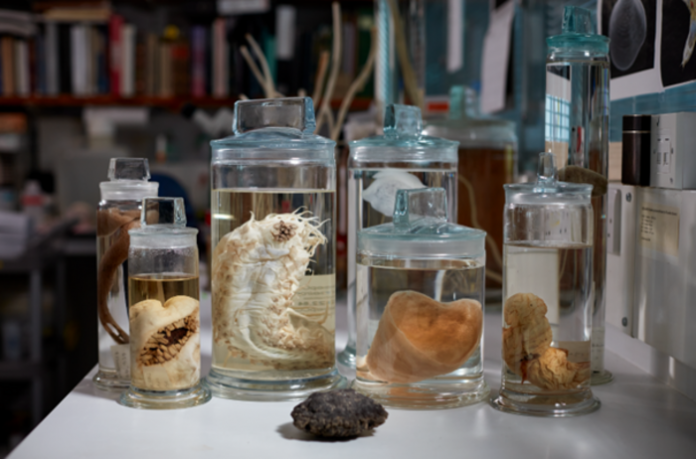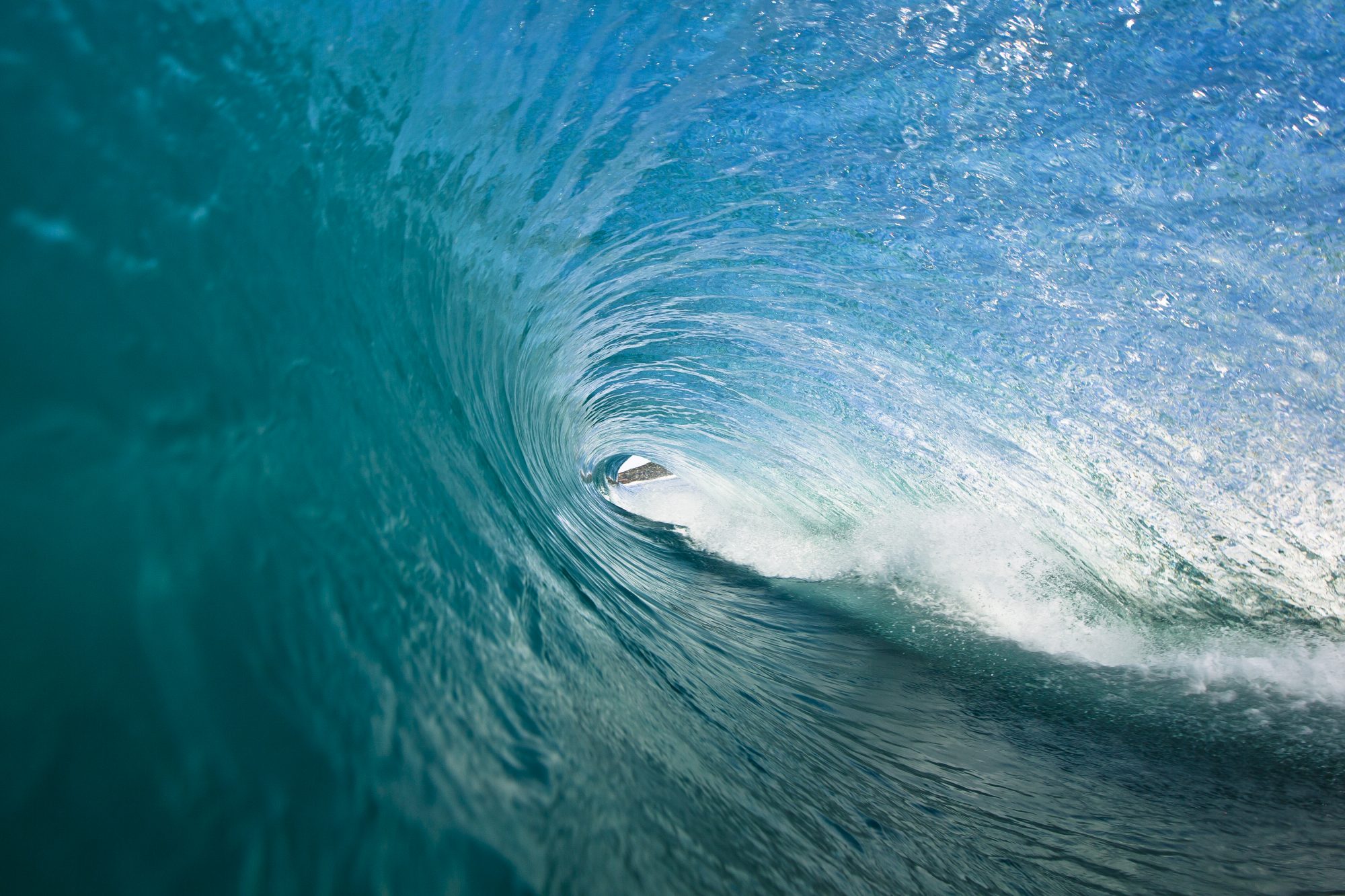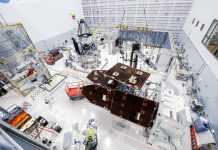
The Clarion-Clipperton Zone (CCZ), a vast mineral-rich region in the Pacific Ocean, has been allocated for future deep-sea mining
The Clarion-Clipperton Zone (CCZ), a vast mineral-rich region in the Pacific Ocean, has been allocated for future deep-sea mining.
This region, twice the size of India, is of significant interest to scientists concerned about the potential impact of mining activities.
To assess the potential risks and understand the biodiversity at stake, a team of biologists has created the first comprehensive “CCZ checklist” by compiling species records from previous research expeditions.
Deep-sea mining reveals the remarkable biodiversity of the CCZ
Publishing their findings in the journal Current Biology, researchers revealed the stunning diversity within the CCZ.
The compiled data from previous research expeditions unveiled a staggering estimate of 5,578 different species residing in the CCZ, of which approximately 88%–92% are entirely new to science.
Muriel Rabone, a deep-sea mining ecologist at the Natural History Museum in London, emphasized the importance of understanding and safeguarding this remarkable biodiversity.
As stewards of the planet, humans bear the responsibility to protect and preserve the natural world we inhabit.
‘It’s a big boat, but it feels tiny in the middle of the ocean’
Muriel Rabone explains, “We share this planet with all this amazing biodiversity, and we have a responsibility to understand it and protect it.”
“It’s a big boat, but it feels tiny in the middle of the ocean. You could see storms rolling in; it’s very dramatic,” said Rabone.
“And it was amazing—in every single box core sample, we would see new species.”
Researchers employed various deep-sea mining techniques to explore the CCZ’s six million square kilometres
The CCZ spans six million square kilometres from Hawaii to Mexico, acclaimed as a pristine ocean wilderness.
Researchers employed diverse deep-sea mining sampling techniques, such as remote-controlled vehicles and box core sampling, to explore this vast expanse and uncover scientific insights from the depths of the Pacific Ocean.
Muriel Rabone described the experience of conducting research in the CCZ: “There’s some just remarkable species down there. Some of the sponges look like classic bath sponges, and some look like vases. They’re just beautiful,” adds Rabone.
“One of my favorites is the glass sponges. They have these little spines, and under the microscope, they look like tiny chandeliers or little sculptures.”

Protecting the CCZ’s unique ecosystem
The team found that only a small fraction of new species discovered in the CCZ had been observed elsewhere.
Arthropods, worms, echinoderms, and sponges were identified as the most prevalent animals.
Urgent collaborative research is needed to understand the region’s biodiversity, study newly discovered species and their ecological connections, investigate biogeography, and protect the unique ecosystem amid the potential for mining activities.










